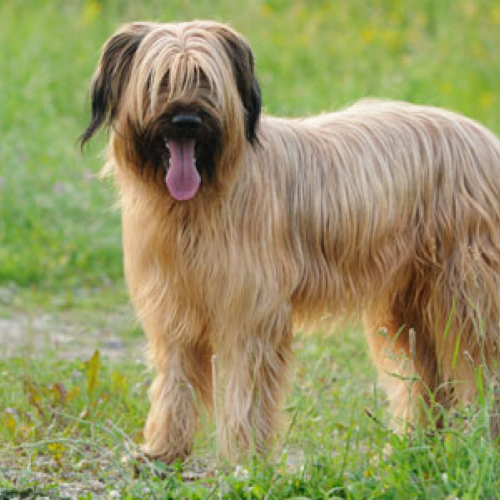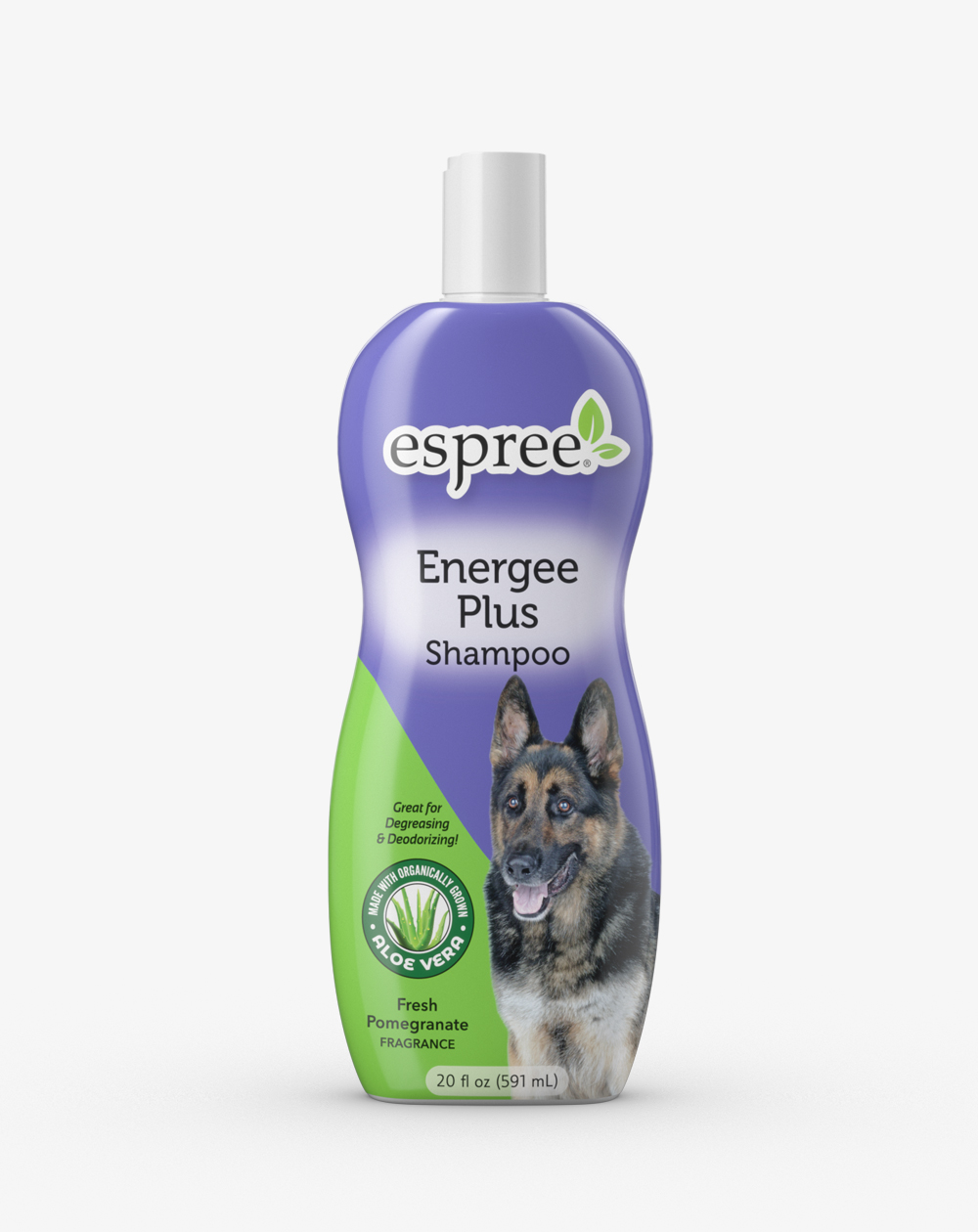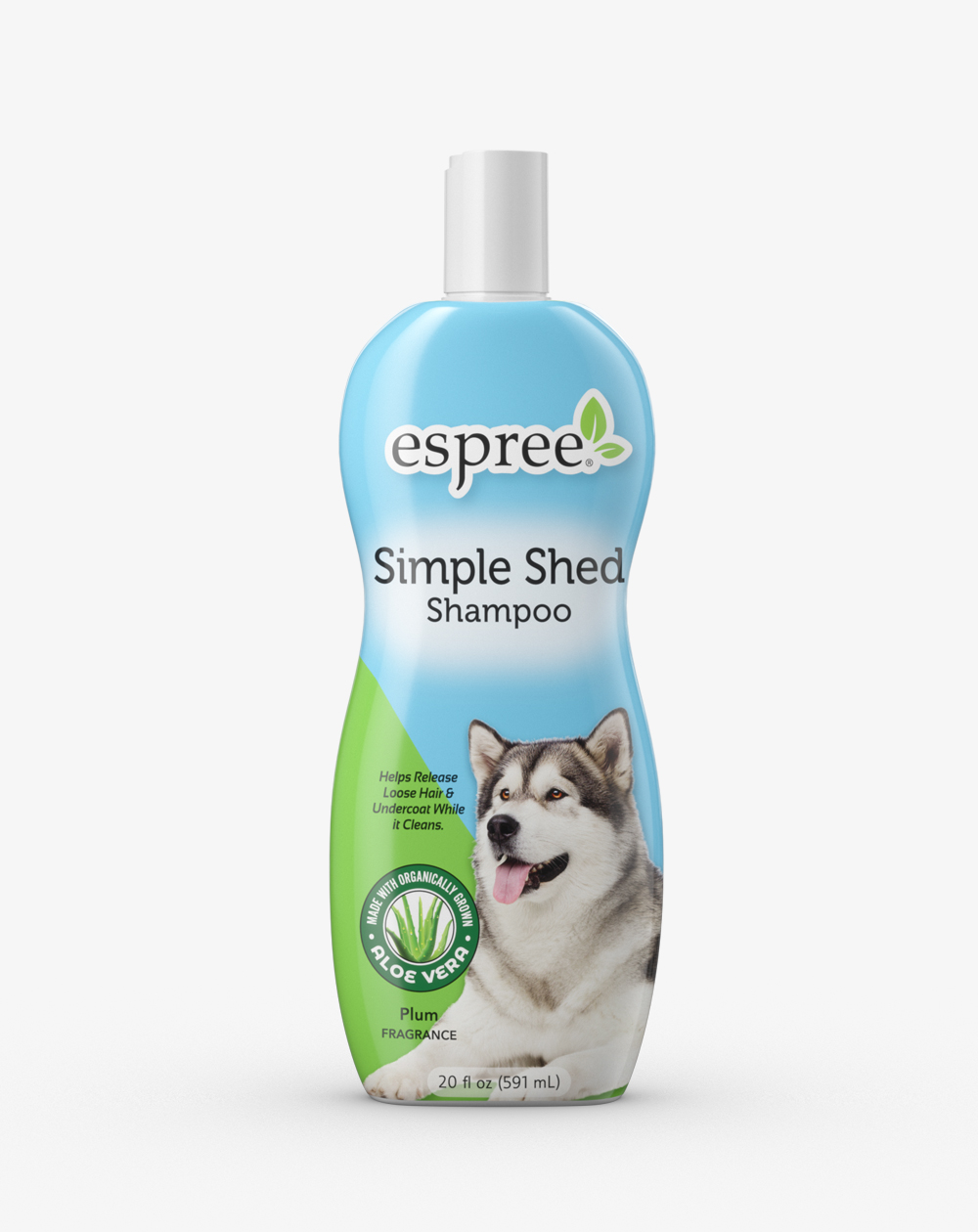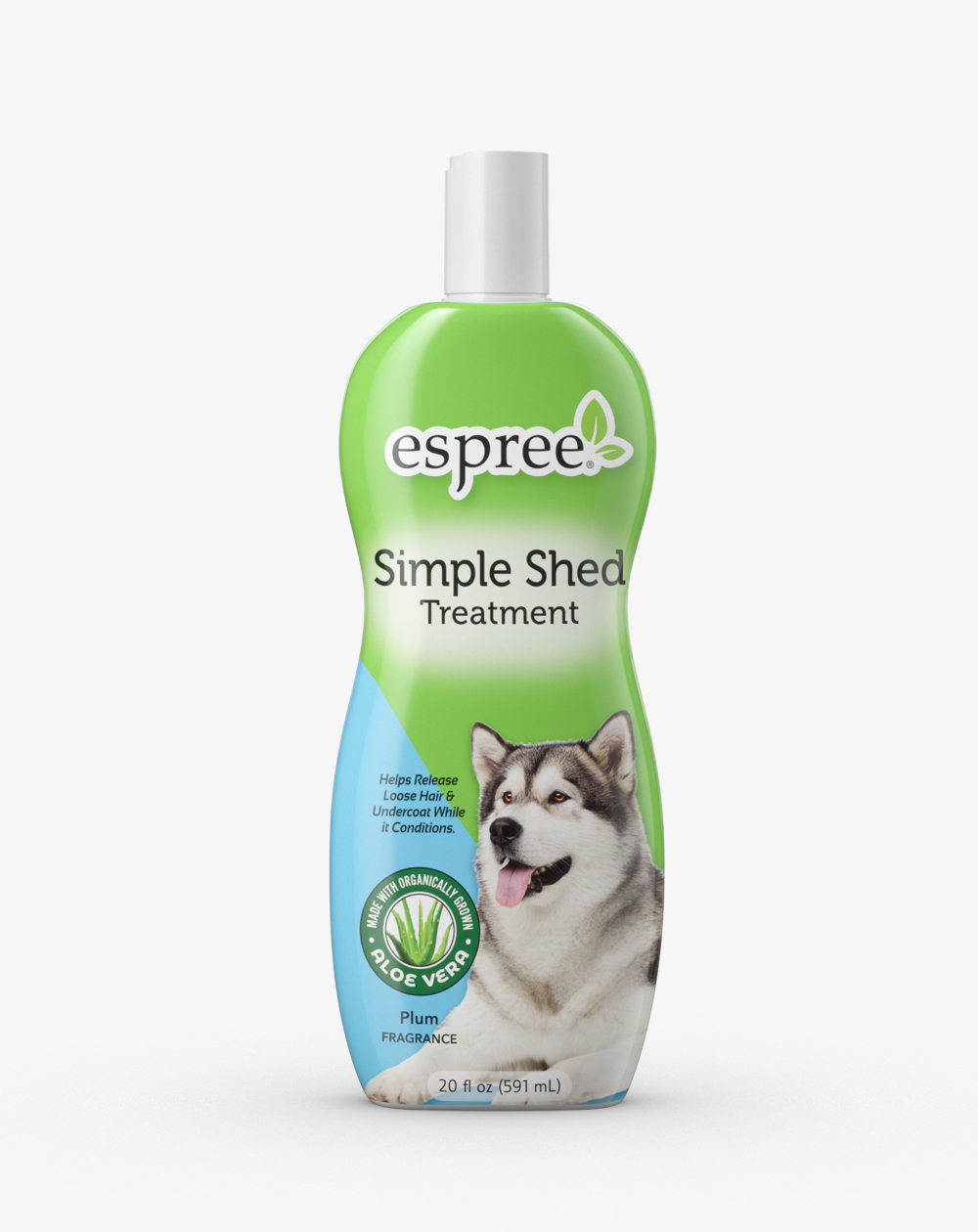
Briard
These handsome, muscular Frenchmen are known for a wavy coat of either gray, tawny, or black, and an impressive head topped by a peek-a-boo hairdo parted in the middle. A luxurious beard and eyebrows accentuate an expression Briard fans describe as “frank and questioning.” Standing between 22 and 27 inches at the shoulder (females at the small end of the scale), Briards are burly and rugged but move with a nimble-footed gait. Their dashing looks radiate a distinct aura of Gallic romance and elegance.
The Briard is a very old breed of French working dog. Depicted in 8th-century tapestries and mentioned in records of the 12th century. In early times, Briards were used to defend their charges against wolves and poachers, but the dividing up of the land and the increase in population which followed the French Revolution gradually transformed their work into the more peaceful tasks of herding the flocks, keeping the sheep within the unfenced boundaries of the pastures, and guarding their masters' property.
Breed Profile
This breed is an independent thinker, so patience is necessary when training. Like many sheepdogs, this breed may be wary of strangers. However, the Briard is very sensitive to his family’s feelings and makes an excellent pet if time and effort is put in to raising him. A new Briard owner must seriously undertake the responsibilities of socialization and education. Attending ongoing training classes with the puppy from the onset is imperative. This breed needs more exercise than just walks on lead. If you don’t have a fenced yard it’s imperative to find a safe place where he can run and exercise to promote his physical and mental well-being.
Grooming
Coat & Grooming: Grooming sessions are also a good way to bond with your new puppy. Their nails should be trimmed regularly with a nail clipper or grinder to avoid overgrowth and cracking. Their high hair-covered ears should be checked regularly to avoid a buildup of wax and debris which can result in an infection. Teeth should be brushed regularly.




